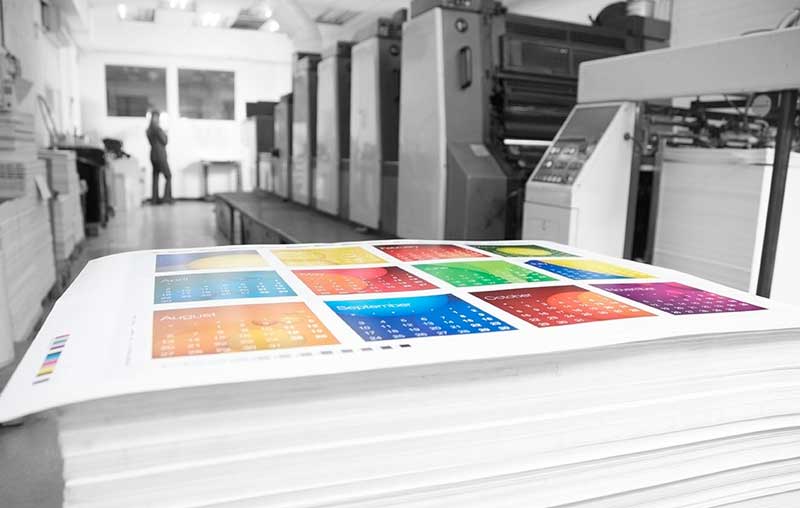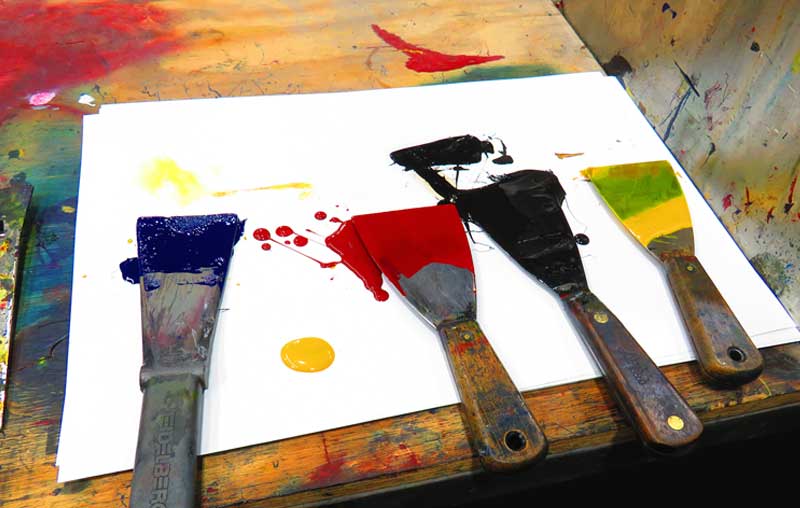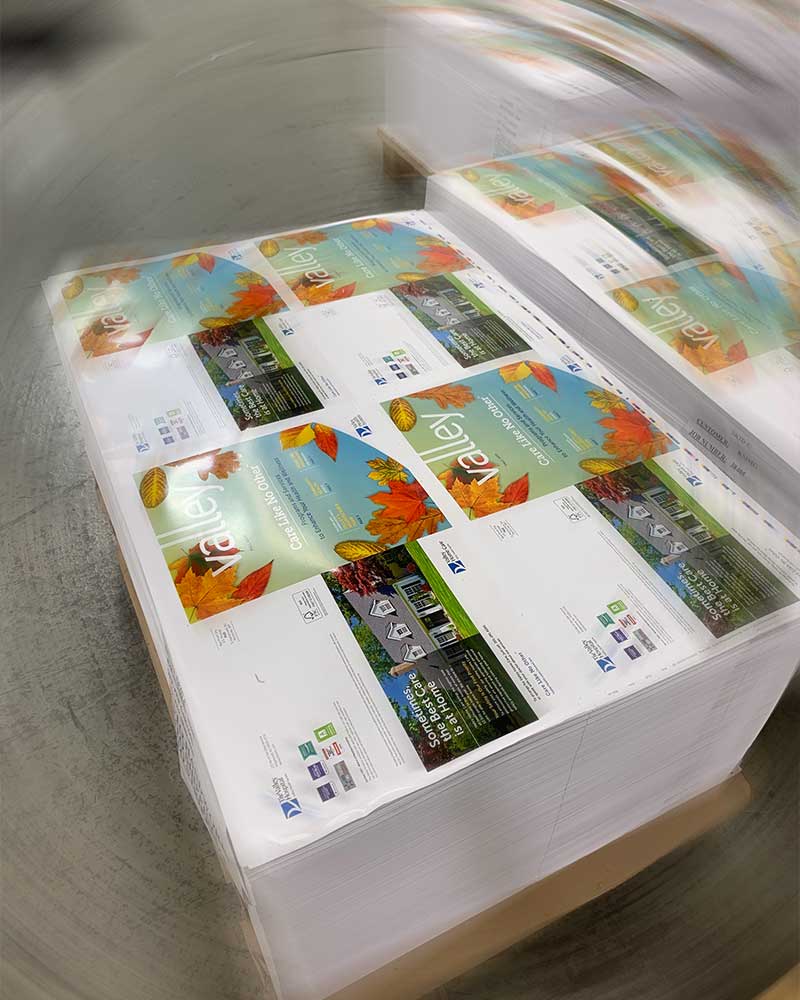Offset Printing
Offset Printing Offers the Most Economical Option for Large Print Runs
Offset printing is most often used for projects that require high quality, and high volume runs such as saddle stitched booklets, catalogs, magazines and brochures. While offset printing is is not as cost effective for short run jobs like digital printing might be, offset printing is extremely cost effective when you have a large volume print run project.
We are proud of the experience and expertise that our team of printing professionals bring to the table. Our pressman and bindery workers are the best in the industry with years of experience and dedicated to producing the highest quality offset printing available.


CMYK - The Colors of Print
Without boring you with a lot of printing jargon, you just need to know that there is a large up front cost involved with offset printing. Large metal plates that contain the images to be printed must be produced in sets of 4, one plate for each of the CMYK (cyan, magenta, yellow and black) colors used in the full color printing process.
All those plates must be produced and then loaded onto the press whether you are printing 10 copies or 10,000 copies. But once those plates are created and on the press the additional costs to print a job only include the ink and paper.
More Print, Less Cost!
So as the size of your offset printing job goes up, the cost per piece goes down. And because offset presses run at much higher speeds than digital presses, large run jobs can be produced in a shorter amount of time.
This can be an important factor when determining the size of your print job. In general, digital printing is typically the best value when you’re printing fewer than 250 pieces; and offset printing is typically the best choice when you’re printing more than 250 pieces, but this is not a hard and fast rule as other factors can affect the cost of the print job as well.

Advantages of Offset Printing
- High-quality printing: Offset printing is the gold standard for high quality printing.
- Lower cost for high volume jobs: Even after the front end costs are accounted for, the cost per piece is much lower on large print runs.
- Faster printing for high volume jobs: While there is time consumed creating the necessary plates for your job, once the press gets up to full speed, your job can be printed very quickly.
